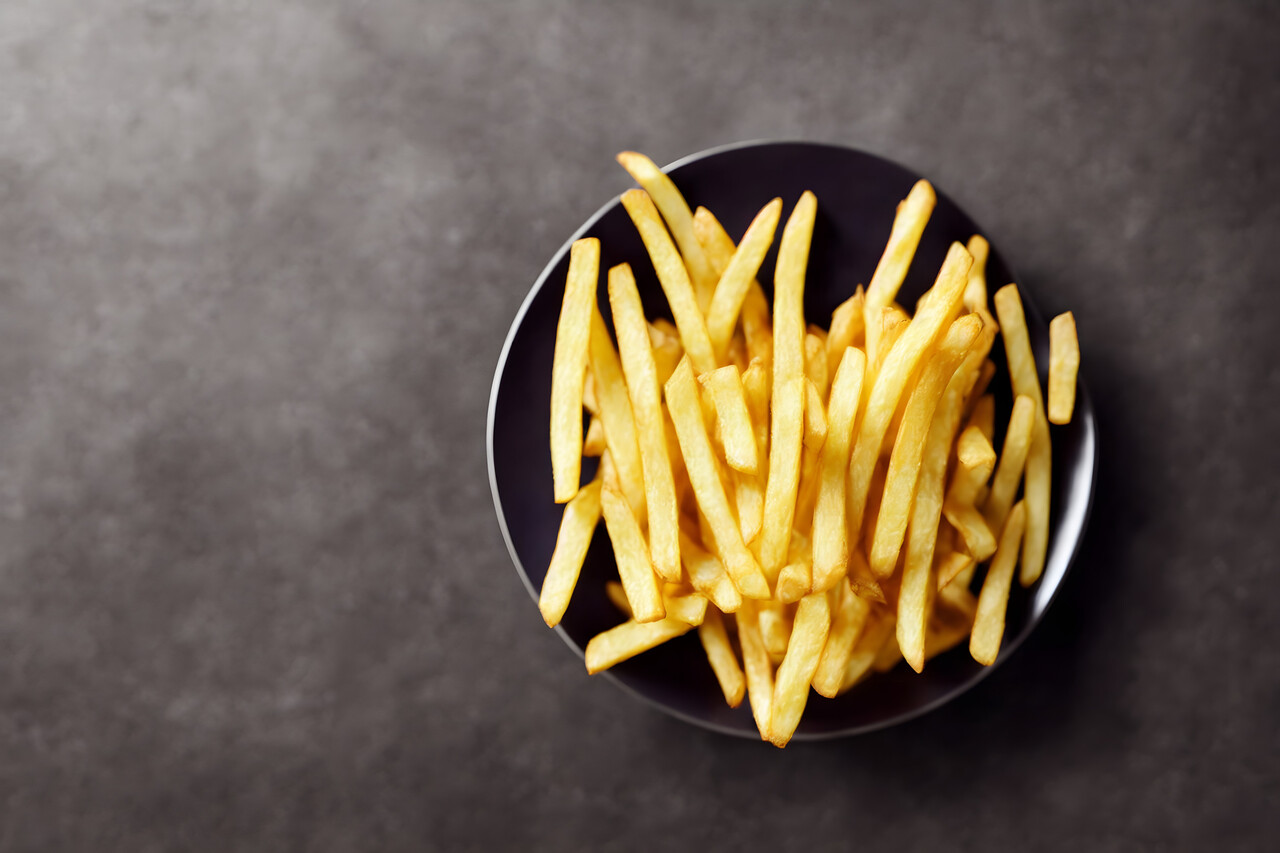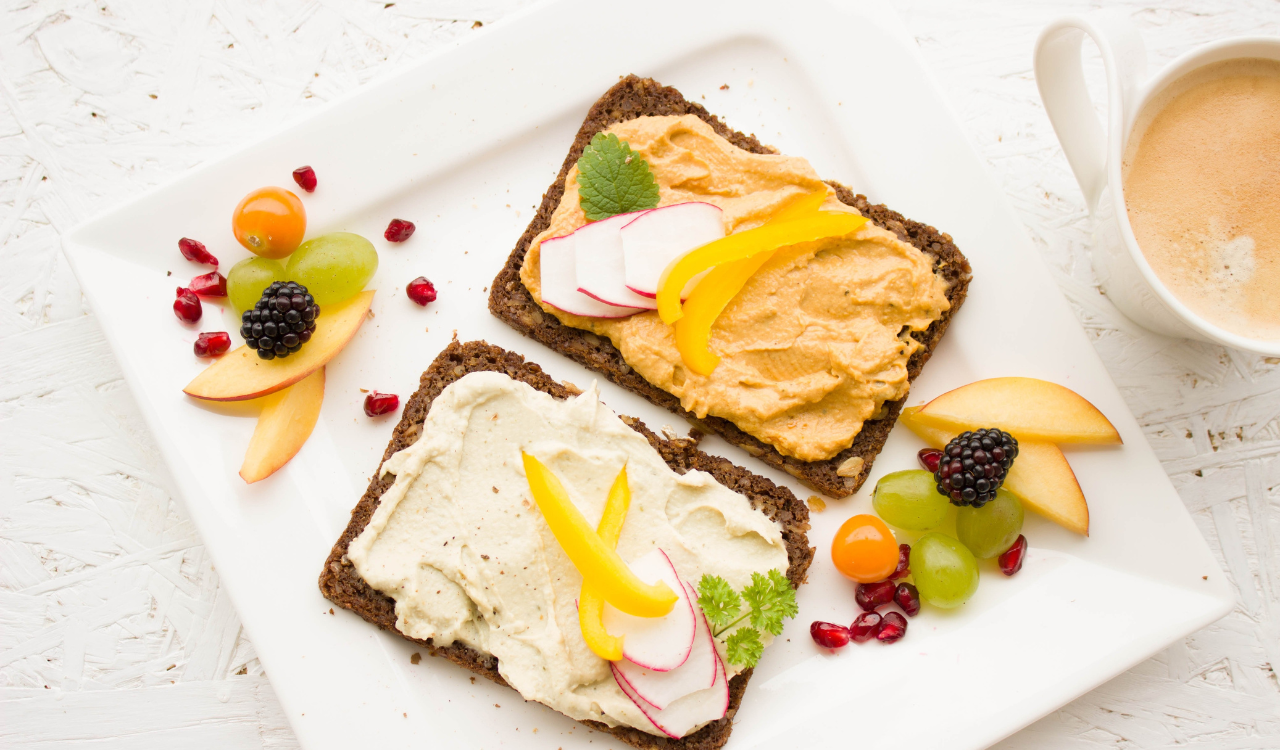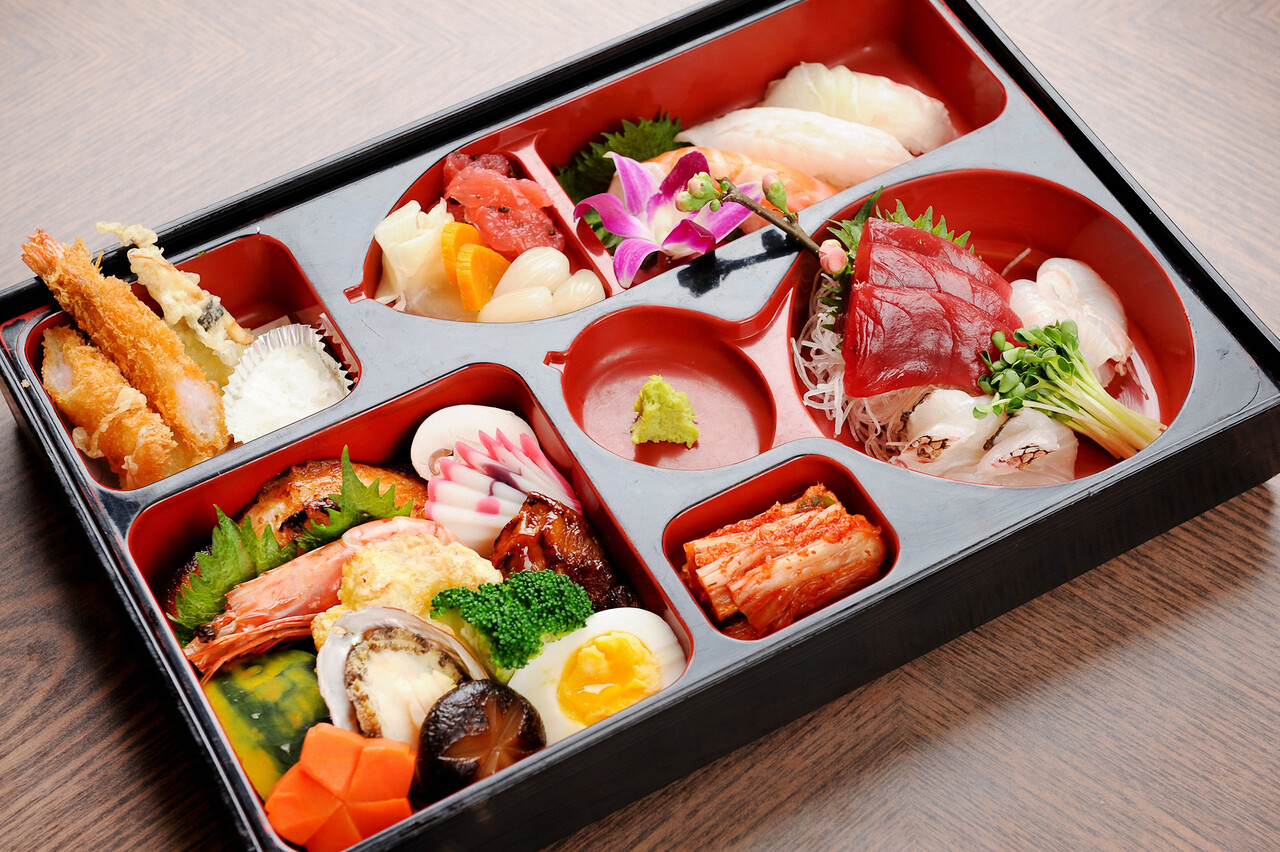8 Frozen Ingredient Shortcuts That Save Meal Prep Time

Freezers are quiet time-savers in the kitchen, making meal prep faster, easier, and less wasteful. With just a few frozen essentials on hand, you can pull together balanced, flavorful dishes without extra chopping or long cook times. From vegetables and fruit to proteins and herbs, frozen ingredients capture freshness at its peak and offer convenience year-round. This guide highlights eight versatile options that work across cuisines, complete with tips for quick use and storage so you can streamline weeknight cooking without losing quality.
1. Frozen Peas
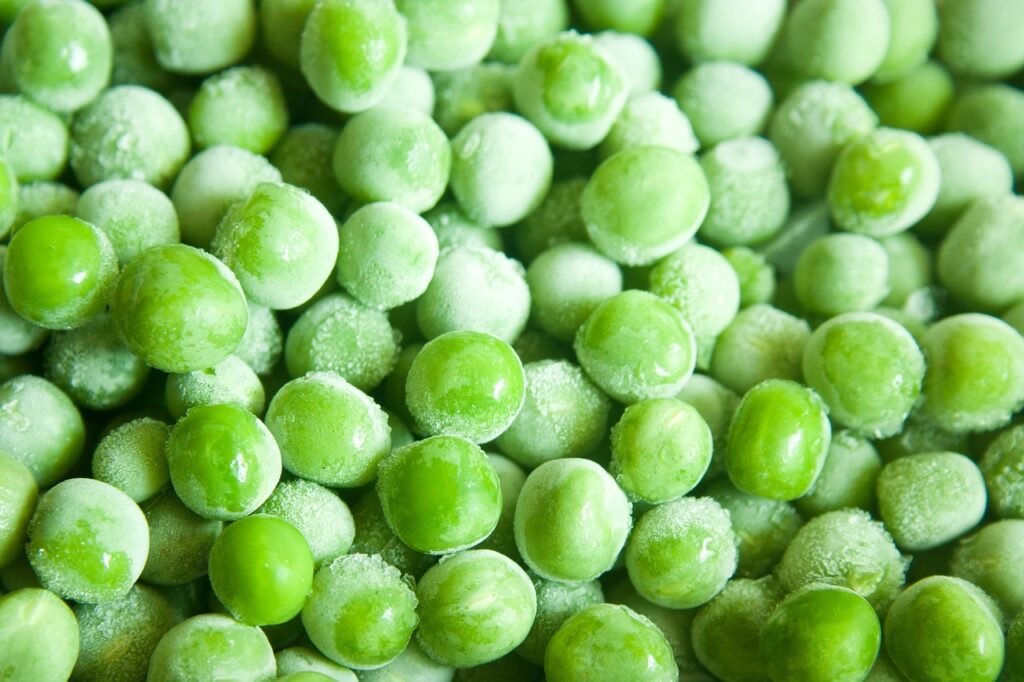
Frozen peas are the easiest shortcut : bright, sweet, and ready in minutes. Toss a handful into soups, stir-fries, fried rice, or pasta near the end of cooking; they bring color and a fresh pop without extra chopping. Because they’re flash-frozen at peak ripeness, peas retain vitamins and texture better than many “fresh” out-of-season options. Keep them in their original bag, press out air after use, and use within a few months for best flavor. No need to fully thaw, add from frozen to hot pans and sauces.
2. Frozen Spinach

Frozen spinach is a lifesaver for smoothies, soups, lasagnas, and quick sautés. It’s already pre-washed and chopped in many brands, so it saves rinsing and trimming. For smoothies or pureed soups, add it frozen to the blender, it will blitz quickly and cool drinks just right. For savory dishes, squeeze excess water after thawing (or add frozen and cook longer). Because spinach reduces a lot when cooked, frozen packs are economical for doubling vegetable intake without waste.
3. Frozen Mixed Vegetables
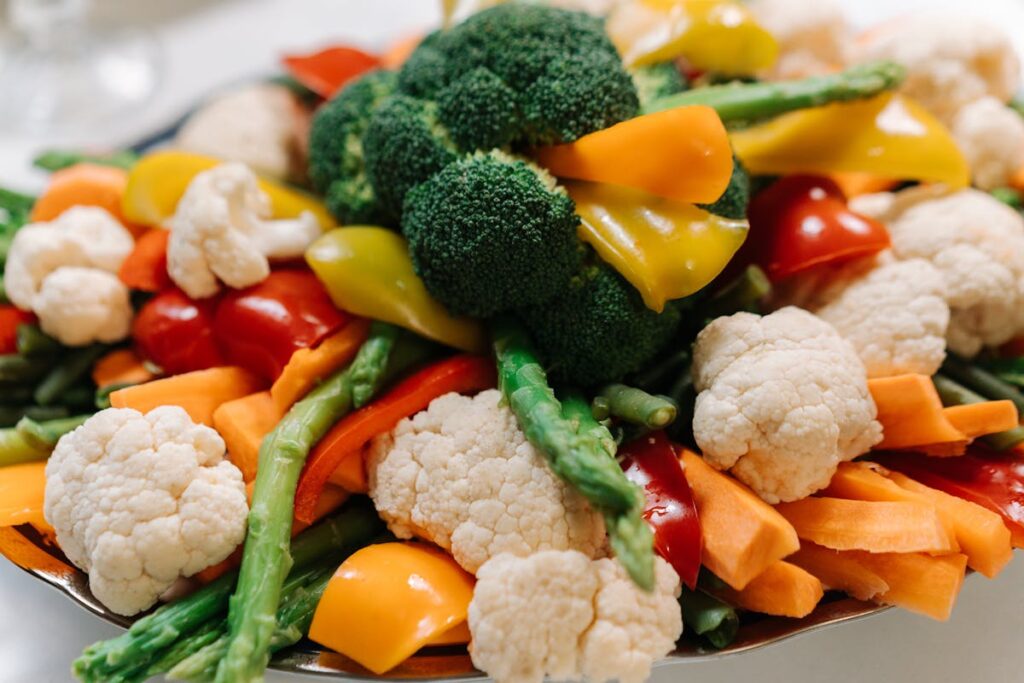
Frozen mixed vegetables, usually a blend of peas, carrots, corn, and beans are a reliable all-in-one shortcut. They save chopping time and make balanced meals easy, whether you’re throwing together a quick stir-fry, fried rice, pot pie, or hearty soup. Because the pieces are pre-cut and uniform, they cook evenly and fast. For the best texture, add them directly to hot oil or boiling liquid and cook just until heated through. Different brands offer unique blends and cut sizes, so experiment until you find the mix that suits your cooking style best.
4. Frozen Corn Kernels

Frozen corn tastes sweeter than canned and works across cuisines: salads, salsas, chowders, casseroles, and tacos. Kernels retain firmness and snap because they’re frozen at peak ripeness. Use them directly from frozen for sautés or thaw briefly for cold salads. Roasting frozen corn in a hot skillet gives a charred edge and deeper flavor; add a squeeze of lime and a pinch of chili for an instant side. They’re an inexpensive way to add texture and natural sweetness.
5. Frozen Berries

Frozen berries are a year-round staple for smoothies, baking, and quick desserts. Harvested and frozen at peak ripeness, they often taste fresher and sweeter than berries shipped out of season. Toss them straight into a blender for smoothies or simmer briefly to make easy sauces and compotes. In baking, coat berries lightly in flour before folding them into batter to minimize color bleeding. They also shine as quick toppings for pancakes, yogurt, or ice cream, adding bright flavor with zero prep.
6. Frozen Shrimp (peeled)

Peeled frozen shrimp are a protein shortcut for stir-fries, pastas, curries, and tacos. Buy deveined, peeled packs: they thaw quickly and cook in minutes. For best texture, thaw in a bowl of cold water for 10–20 minutes, pat dry, then sear in a hot pan just until opaque. Buying smaller or medium sizes gives quick-cook convenience; larger shrimp make a fast centerpiece. Keep shrimp vacuum-sealed if possible and use within recommended freezer time to avoid off-flavors.
7. Frozen Edamame (shelled or in-pod)
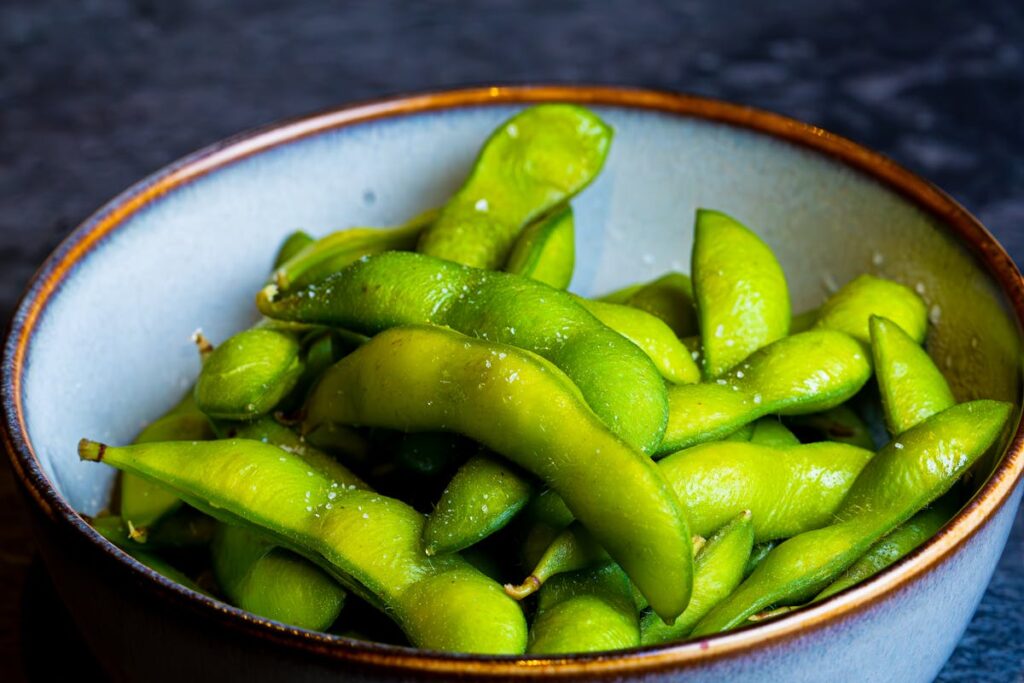
Frozen edamame is a quick, nutrient-packed addition to meals, rich in both protein and fiber. Most varieties are blanched before freezing, so they only need a brief steam or microwave reheat to be ready. Shelled edamame saves even more time, slipping easily into grain bowls, stir-fries, or pasta dishes. You can also purée it into dips or enjoy it as a snack sprinkled with sesame and chili flakes. With its long freezer life and minimal prep, edamame is an easy way to boost both flavor and nutrition in everyday cooking.
8. Frozen Herbs in Ice-Cube Trays (olive oil or water)
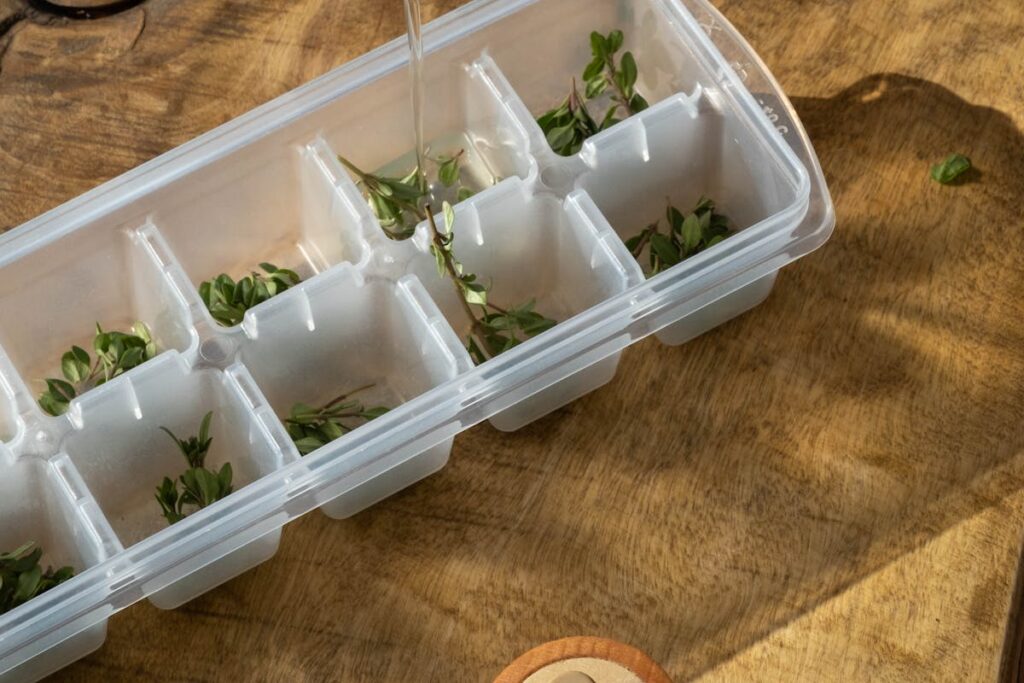
Freezing herbs in oil or water inside ice-cube trays turns fragile herbs into long-lasting flavor bombs. Chop basil, cilantro, parsley, or dill, pack into tray wells, and cover with olive oil (for sautéing) or water (for soups). Pop cubes directly into sauces, soups, or hot pans to release herb flavor instantly. This saves time and prevents herb waste; frozen herb oil cubes also work as single-serve finishing oils for roasted vegetables and grilled proteins.

